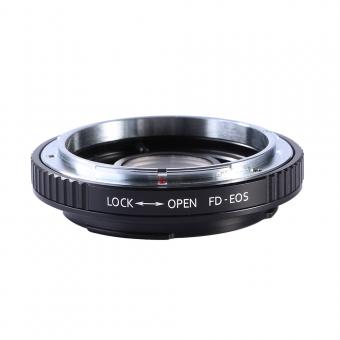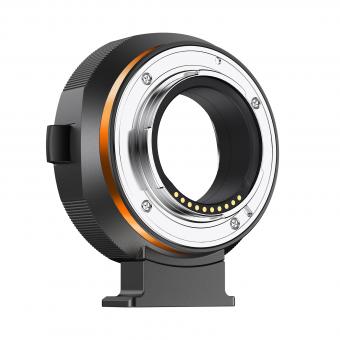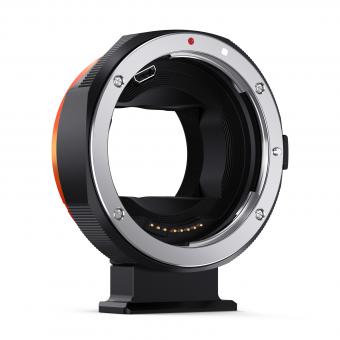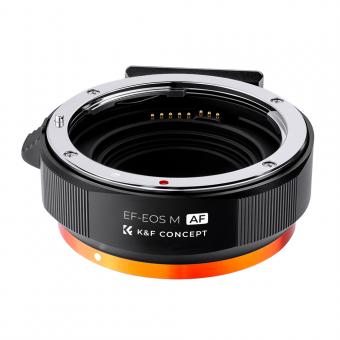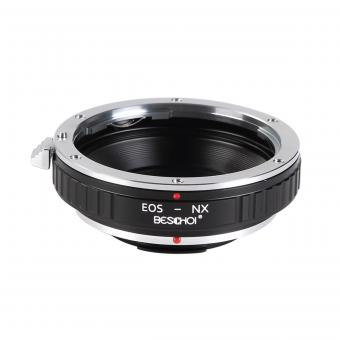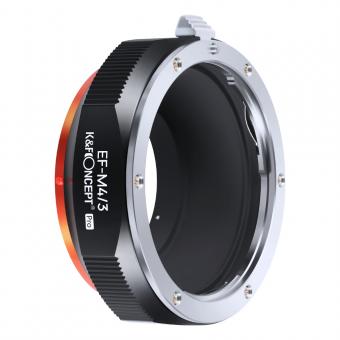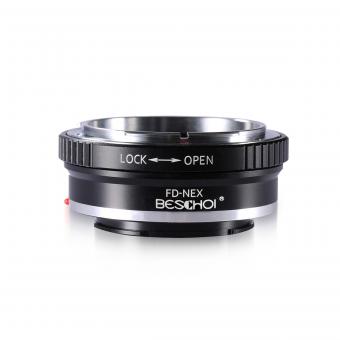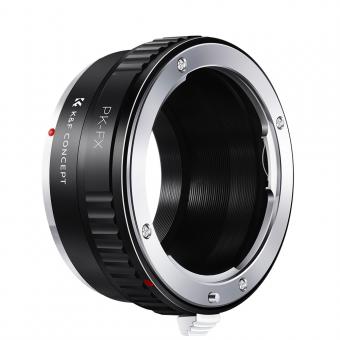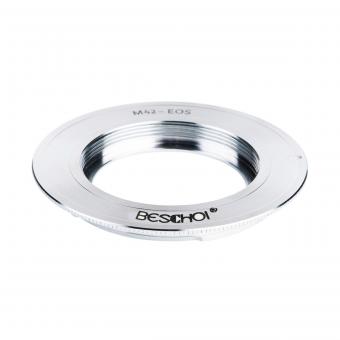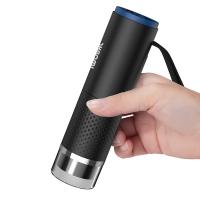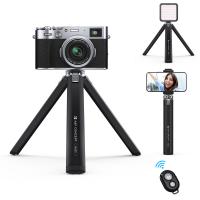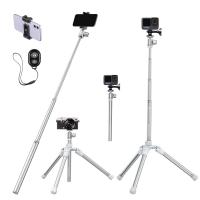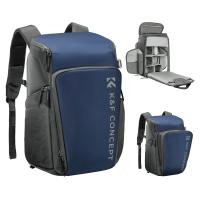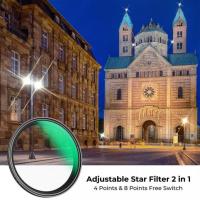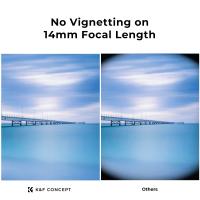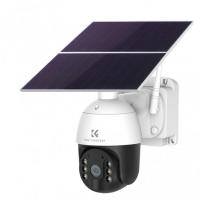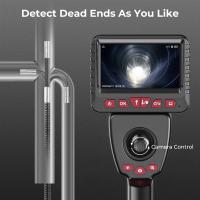What's the Best EF to E-mount Lens Adapter?
2024-07-26 06:48:53
0 Comments
The rapid rise of mirrorless cameras, combined with the high prices and limited availability of native mirrorless lenses, and the incompatibility of different brand lens mounts, has been a catalyst for the increased popularity of lens adapters to make use of many classic old lenses. Then, What does the EF to E-mount lens adapter do?
The EF to E-mount lens adapter allows Canon EF lenses to be used on Sony E-mount camera bodies, providing greater creative freedom and economic benefits.
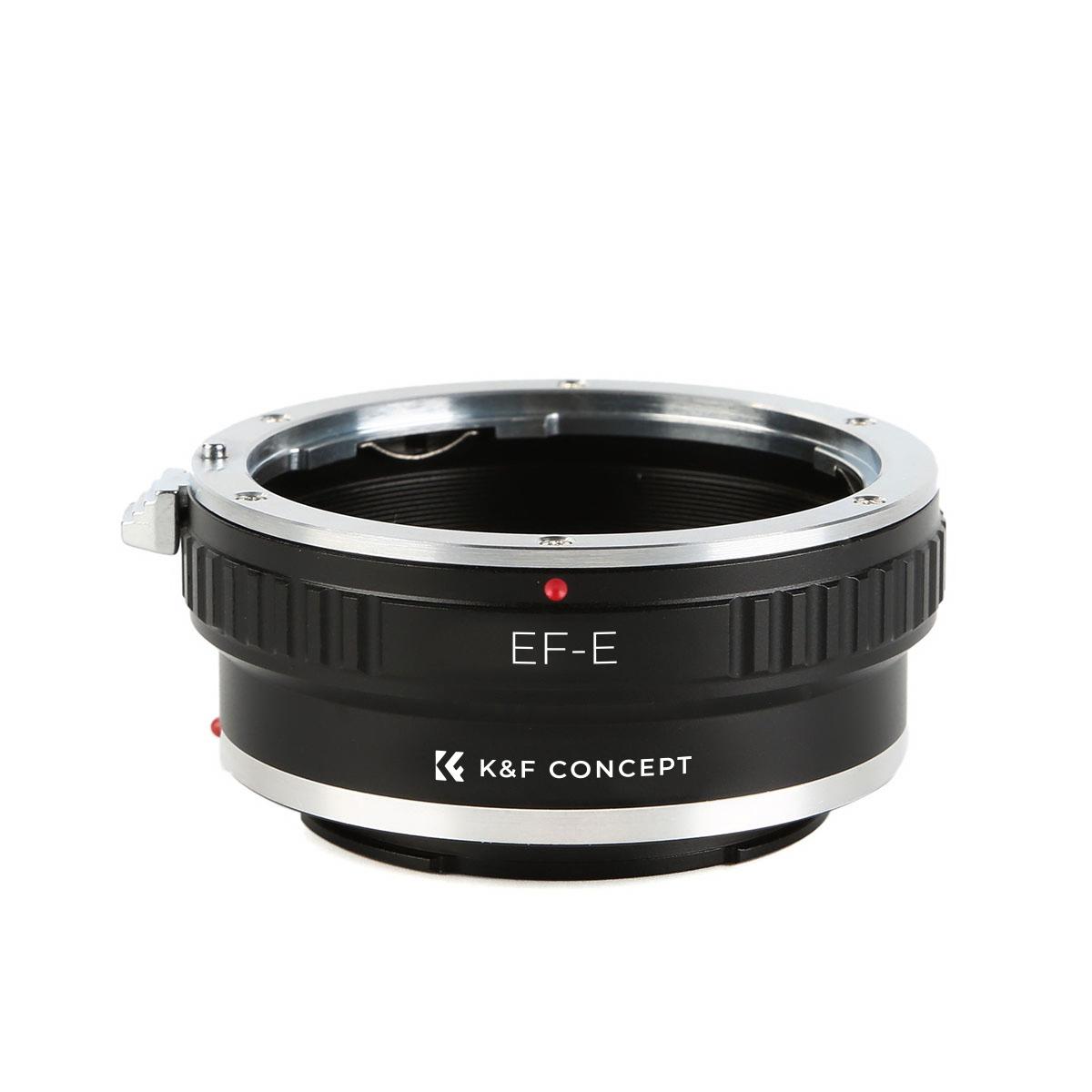
Structure and Material of EF to E-mount Lens Adapters
Like most lens adapters, the key components of EF to E-mount lens adapters include the two mount interfaces and the adapter body.
Lens Mount: This side of the adapter attaches to the lens. It is designed to match the mount type of the lens (e.g., Canon EF, Nikon F). It is usually made of copper, oxidized to a silver color.
Camera Mount: This side of the adapter attaches to the camera body. It is designed to match the mount type of the camera (e.g., Sony E-Mount, Micro Four Thirds).
The lens adapter body is usually made of aluminum alloy, oxidized to black.
Key Considerations When Choosing an EF to E-Mount Lens Adapter
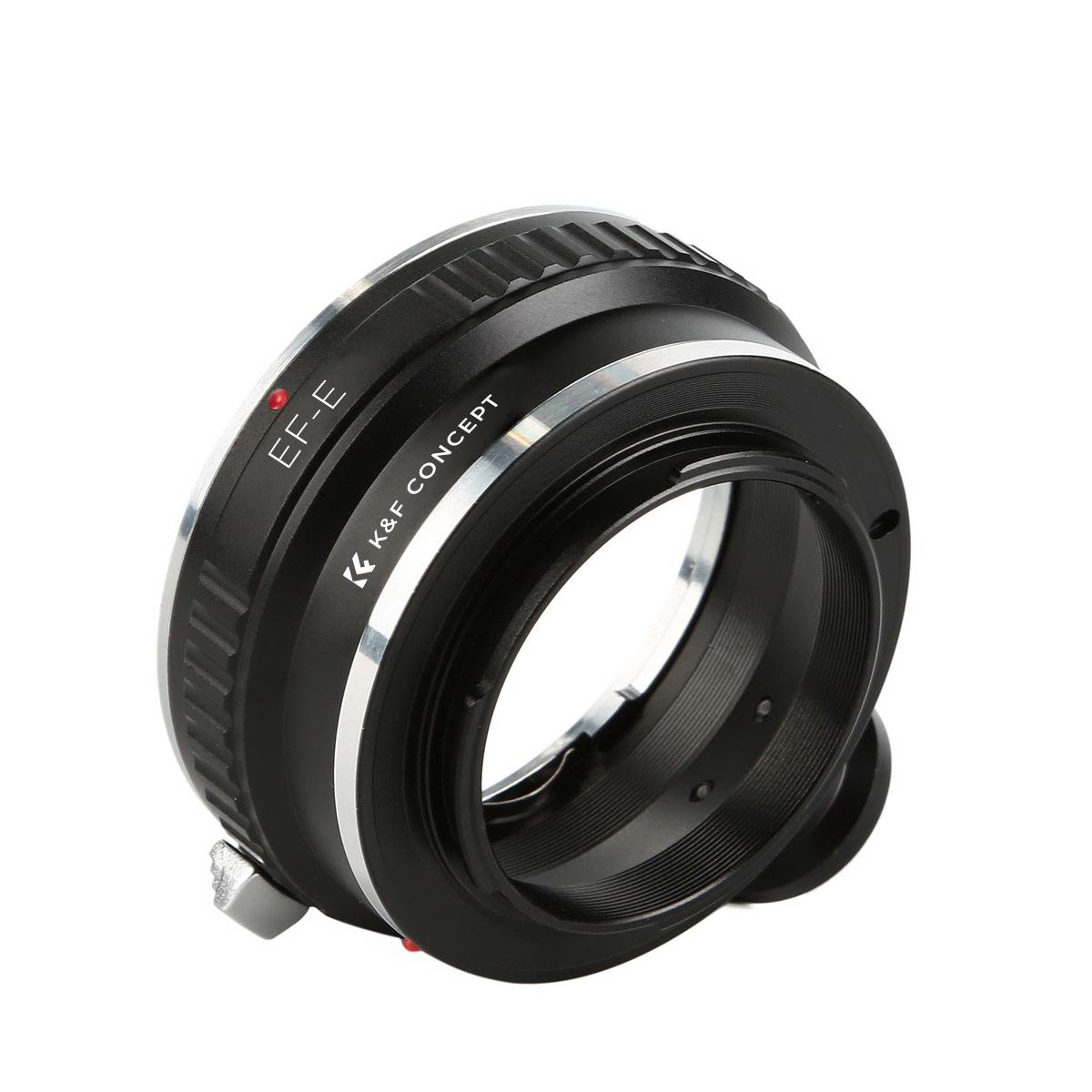
A. Compatibility:
To choose the right E-mount to EF lens adapter for your Sony camera, normally note that the adapter body should have the product model number "EF-E" marked on it.
B. Accuracy:
Here are the key factors that affect the Sony E-mount to Canon EF lens adapters’ accuracy:
1. Flange Distance Precision
- Definition: The flange distance is the space between the lens mount and the camera sensor.
- Impact: An incorrect flange distance can lead to focus inaccuracies. If the distance is too short or too long, the lens might not achieve proper focus, especially at infinity.
2. Build Quality and Material
- Materials Used: High-quality metals like aluminum, brass, and stainless steel offer better precision and durability than plastics.
- Construction: Precision machining ensures tight tolerances and proper alignment of the Canon EF lens and Sony E camera mounts.
3. Mechanical Alignment
- Mount Alignment: The alignment of the lens and camera mounts must be exact to ensure the optical axis of the lens aligns properly with the camera sensor.
- Tolerances: Tight tolerances in the manufacturing process reduce play or wobble when the lens is mounted, which affects image quality and focus accuracy.
4. Electronic Communication
- Autofocus Accuracy: Adapters with electronic contacts must accurately relay autofocus signals between the lens and camera. Poor communication can lead to slow or inaccurate focusing.
- Aperture Control: Precise control of the lens aperture is necessary for correct exposure. Inaccurate electronic communication can result in incorrect aperture settings.
Top EF to E-Mount Lens Adapters

Auto Focus & Aperture Control: High-speed Auto Focus and rapid detection and accurate tracking images to realize greater photography effect;
Electronical Adapter: Equipped with a Convert Bracket, which can be directly installed with a tripod head, and the bottom is designed with a 1/4 screw hole, which can be directly installed with a quick-release plate;
Support Lens Image Stabilizer: Support IS lens stabilization function;
Wide Application: Compatible with Canon EOS EF EF-S mount D/SLR Lenses to Sony E-mount mirrorless cameras.
Tips for Using EF to E-Mount Lens Adapters Effectively
Secure Fit: When attaching the Canon EF lens to Sony E-mount adapter, make sure it is securely locked into place on both the lens and camera to prevent wobbling or loose connections.
Gentle Handling: Handle the E-mount to EF lens adapter gently to avoid damaging the electronic contacts and mechanical parts.
Manual Focus: In challenging lighting conditions or with slower lenses, consider switching to manual focus for greater control.
In-Body Stabilization: If your Sony camera has in-body image stabilization (IBIS), make sure it is enabled and correctly set up to match the focal length of your lens.
Lens Stabilization: Some EF lenses come with built-in stabilization. Ensure the stabilization settings on the lens and camera do not conflict.
Clean Contacts: Regularly clean the electronic contacts on both the adapter and the lenses to maintain good communication and prevent connection issues.
Storage: Store the E-mount to EF lens adapter in a dry, dust-free environment to protect it from moisture and debris.
Conclusion
Choosing the best EF to E-Mount lens adapter involves balancing several factors, including compatibility, accuracy, and of course, your budget and the reviews. Sony E mount to Canon EF lens adapters from K&F Concept provides a variety of high-quality and affordable options, and you can pick one that suits you to unlock your world of creative possibilities and expand your photographic horizons.
Q&As:
Q1: Does a lens adapter affect the aperture?
A1: Yes, a lens adapter can affect the aperture control. If the adapter has electronic contacts, it can transmit aperture settings from the camera to the lens. Without electronic contacts, manual aperture control may be necessary.
Q2: Will a Canon EF to Sony E-mount adapter affect image quality?
A2: Generally, high-quality adapters maintain image quality, but slight changes can occur due to differences in lens and sensor alignment. Opt for reputable brands to minimize any potential impact on sharpness, vignetting, or distortion.
Q3: Can I control the aperture of a Canon EF lens on a Sony E-mount camera with an adapter?
A3: Yes, if the adapter includes electronic contacts, it allows the camera to control the aperture electronically. Without electronic contacts, you would need to set the aperture manually on the lens itself.
Leave your comment
Note: HTML is not translated!

